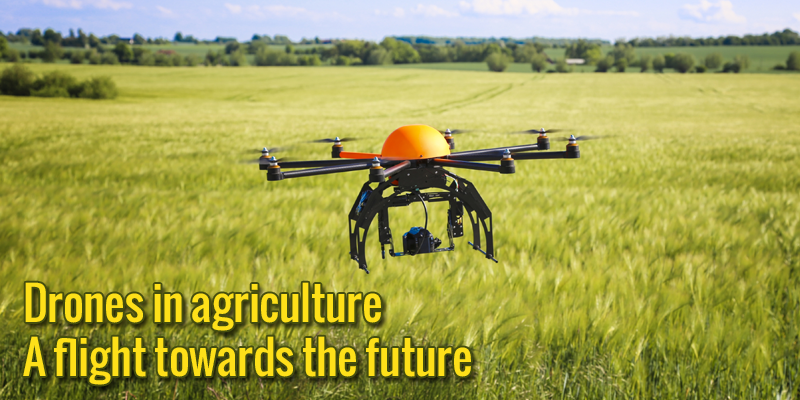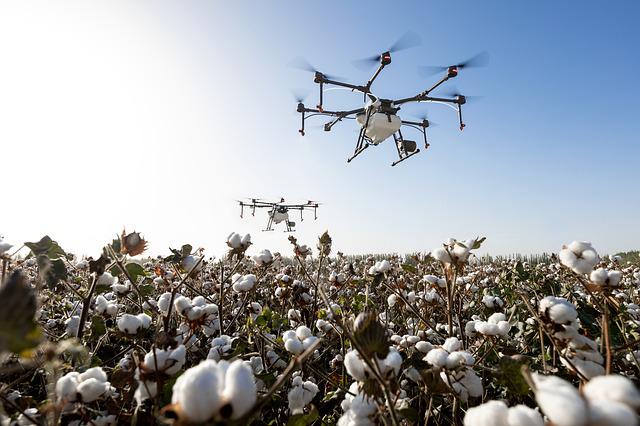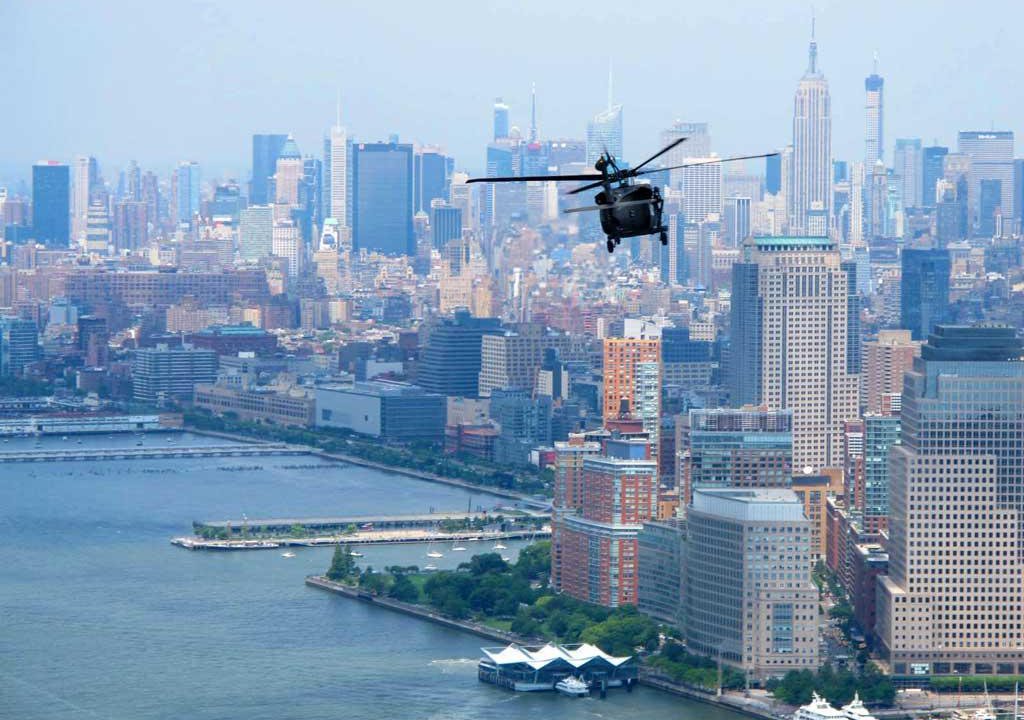
The future of drones remains uncertain, but recent headlines give mixed signals. Bloomberg reported in August, that the drone craze had begun to fade with many startups going out of business. Other news sources report that the drone industry is on the verge of growth. Morgan Stanley and Goldman Sachs predict that the drone market will be worth more than $100 billion by 2020 and $1.5 Trillion by 2040. What is the reality of this industry?
Commercial applications
There are a wide variety of commercial applications of drones, including agriculture, real estate, and media and entertainment. A key reason for this growth is the growing use of drones for filming, and television production. Filmmakers are increasingly turning to professional drones to capture frames. This is because they are cost-effective and easy to use. The aerial photography market will grow due to increasing demand from clients.
Airspace safety
Federal Aviation Administration (FAA), has published a report titled "Future of Drones" and "Airspace Safety." The report highlights both the benefits and challenges of drones, as well as the industry's difficulties in integrating them into the existing airspace. Drones will soon be able automatically to identify and reduce risks. Non-recreational drone pilots must also be proficient in flight procedures and maintain visual range.

Management of air traffic
Drones are becoming more common in our skies. This is why air traffic management plays a crucial role in their success. There are currently thousands of manned aircraft flying in the skies at once. But as drones become more popular, so will the number. Air traffic management can't be scaled to cope with the increased number of unmanned planes. The future of drone traffic management relies on integrating multiple solutions.
Forecasting air traffic
Drones are allowed to fly within the lower few hundred feet of atmosphere. However, forecasting weather conditions could allow them to be more effective. This type of weather data can be used to improve weather warning systems and deliver parcels. Drones may also improve weather forecasts, alert systems for severe storms, and other weather information. Air traffic forecasting is currently only two-dimensional. But, drones can provide valuable weather data that will greatly enhance the airspace intelligence.
Controlling air traffic
Future of Drones and Air Traffic Control. Future of air traffic control relies on hovering warehouses and flying cars. Authorities will require a new low-altitude airtraffic control system to deal with drone technology. This could be a lot more complex than the current air traffic control systems for planes. Drones will be able to use artificial intelligence and machine-learning to avoid other planes and stay within designated air lanes.

FAQ
What kind batteries does a drone need?
The majority of drones use lithium-ion cells. A typical drone uses between 3 and 6 volts.
Which US states make drones legal?
You can legally operate a drone for hobby purposes. The Federal Aviation Administration has created guidelines to allow small unmanned aircraft system (UAS) use. These UASs must first be registered with FAA to be allowed to be flown. These UASs can also be flown by commercial operators if they are allowed to fly under certain conditions.
Is it possible to fly a drone at high altitudes without a license?
The FAA does not limit the height of a drone. They do require that you register your unmanned airplane system (UAS), which includes registration number, model number, weight, size and manufacturer's names, as well as other information.
Statistics
- Research and Markets predict a growth rate of 51.1% over the next five years. (thedroneu.com)
- According to the multiple listing service (MLS), houses and apartments with drone photographs are up to 68 percent more likely to sell than those without pictures. (thedroneu.com)
- According to ZipRecruiter, the minimum hourly wage of drone pilots is $20. (thedroneu.com)
External Links
How To
How to Fly Drones with Beginners
A drone refers to a remote-controlled aircraft designed for aerial photography, surveillance and scientific research. Drones are a technology that has been around since World War II. DJI introduced their Phantom series of quadcopters in 2010, but commercial use only began in 2010. From beginner-friendly drones such as Parrot AR Drone 2.0 through professional-grade multirotor craft like DJI Mavic Pro, many types have been available.
You can fly a drone in many different ways, including:
-
Remote control - This method uses a control device attached to your hand, which enables you to steer the drone through its flight path. There are two main types for controllers: Joysticks or On/Off switches, which can be used to control the drone's flight path.
-
Manual Control – This allows remote operation of the drone via GPS coordinates using a smartphone application. You will need to keep track of where the drone is going and follow the directions from the app.
-
Autonomous Flight – This is when the drone handles all the piloting tasks. It basically flies autonomously without any human intervention. The drone must be equipped with a camera and sensors that can capture images and data in order to fly autonomously.
-
Triggered Flight – This method is very similar to manual flight. The pilot creates a route that the drone will follow until it reaches the destination. The drone automatically lands once the route has been completed and returns to the base.
-
Landing Gear – Some drones are equipped with landing gear, which allows them to safely land if they lose power during flight.
-
Goggles - Some pilots wear goggles to protect themselves from debris while operating.
-
Camera - Certain drones come with cameras that allow you to take photos and videos from high above.
-
Obstacles - Some drones can be equipped with obstacle avoidance systems that prevent them from crashing into obstacles.
-
Speed - Some drones can travel at speeds over 40 mph.
-
Battery Life – Most drones will last 20 minutes to three hours depending on how powerful they are.
-
Range - Depending on the model, some drones can travel up to 30 miles away.
-
Power source: Some drones will require an external power source while others can be powered by internal batteries.
-
Weight – Some drones are less than one pound, while other models can be up to four pounds.
-
Size - Drones range from small devices that fit in one's palm to large crafts that weigh more than 50 pounds.
-
Price - High-end drones can go for thousands of dollars, while low-cost models start at $100.